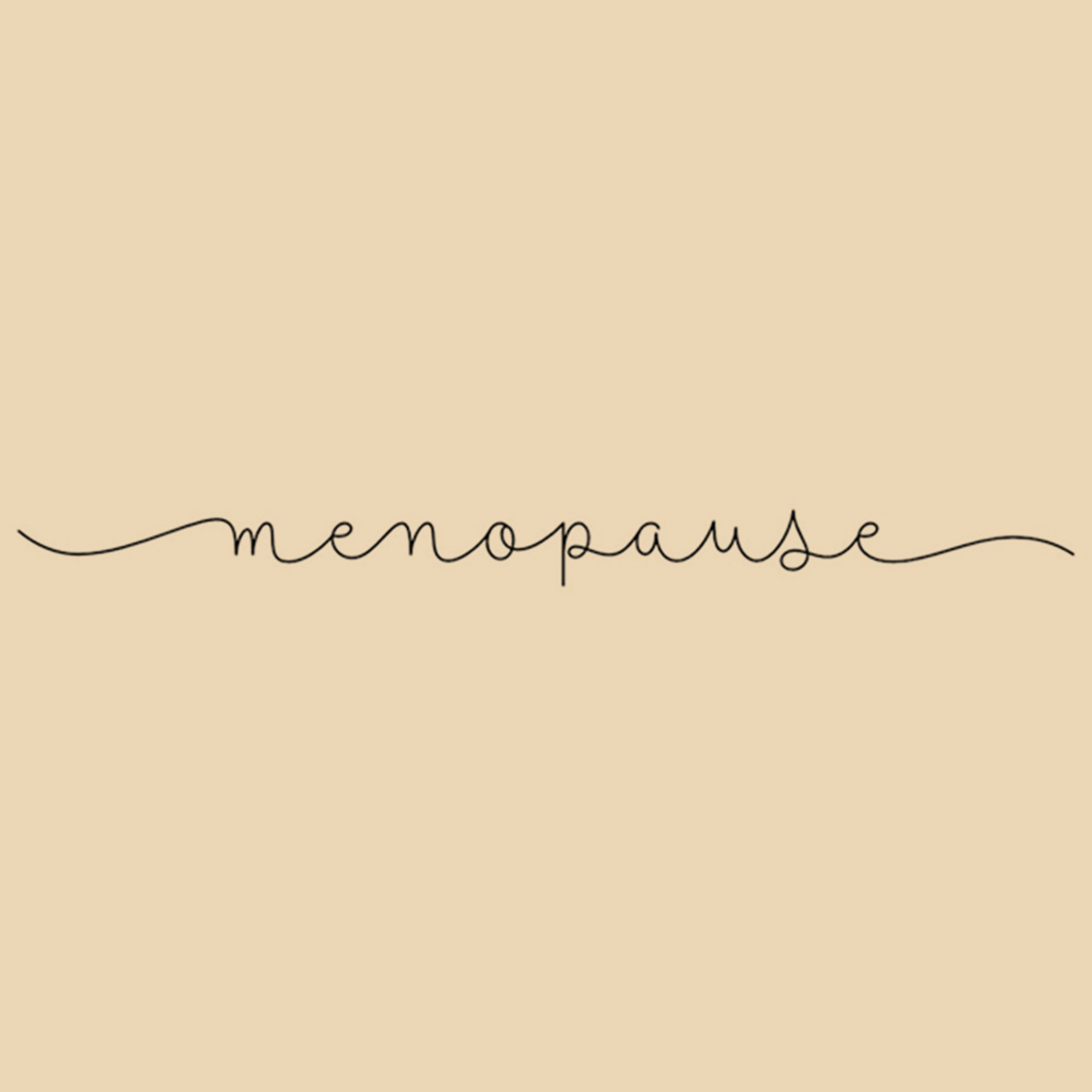Every supermarket has this aisle and it’s quite unmissable; rows and rows of colourfully-designed, conventional period products, each boasting of a wide variety of features to entice customers.
Wings. Ultra-long. Extra durable. Extra-wide. Extra protection. Pure cotton. Leak lockage technology. But there’s one universal attribute across all sanitary napkins that appeals to most customers – its disposable quality.
A whopping number of sanitary napkins are modelled on the ‘one-time use’ philosophy – you open the wrapping, wear the pad, wrap it up when it’s soiled, and discard it. No questions asked.
But where did this practice come from?
Why did one-time-use pads become the norm?
To trace the origins of today’s disposable sanitary napkins, we need to go back in time to explore the trajectory of menstruation, the taboo nature of menstrual blood, and how society has perceived this phenomenon over the years.
The Unbecoming Nature of Blood

For centuries, menstruators have received the same message over and over again; You are considered ‘dirty’ when you are menstruating. For generations, people have perceived period blood as “unclean” or “bad” blood, which led them to treat the menstruation process (as well as menstruating individuals) with equal disdain.
Many girls and women were subject to these restrictions in their daily lives. They were not able to enter the place of worship or the kitchen, they were restricted from touching holy scriptures, they were not allowed to touch sour foods, they were isolated from their family for the few days they were menstruating…all of this stemmed from the belief that menstruation was ‘impure’.
Similarly, everything associated with menstruating individuals – their clothes, their items, and even their menstrual cloths (which they used to stem the blood flow) was considered ‘untouchable’. Therefore, even when menstruators would hang their washed period clothes out to dry, they faced flak for that act. It was considered embarrassing that a menstruating individual was residing in that house (and having their period at that time).
While such rigid measures aren’t all that common today (with the exception of some extremely religious households), the thought of washing and drying menstrual cloths still has ‘unclean’ connotations. This belief kickstarted the rise of disposable menstrual products.
Disposable became D-word of the hour
The first “sanitary napkins” came into existence due to the ingenious minds of wartime nurses, who needed quick methods to stop the excessive bleeding of soldiers on the battlefield, and quicker ways to dispose of the bloodied items. Thus, the first attempts were made from wood pulp, a cheap and absorbent material.
Over the years, many manufacturers borrowed this idea and made their own attempts – 1888’s Southball pad, 1896’s Lister’s Towel: Sanitary Towels for Ladies (by Johnson & Johnson), its eventual rebranding to Nupak in 1920, so on and so forth.
But one commonality remained across these products – the disposable nature (which seemed to solve a lot of the societal problems menstruators were facing).
The Advent of Advertising
Unsurprisingly, this was also the feature that advertisers latched on to. Marketing campaigns tapped into the uneasy mindset of menstruators, their discomfort with reusing menstrual hygiene management products, and positioned disposable products as the “ultimate route to freedom”. They sold tales of liberation and led menstruators to believe that they were being hassle-free, modern, and efficient by stocking up on disposable menstrual products.
With menstruators now being firmly convinced that disposable menstrual products were the way to go, the amount of plastic being used also increased over time; tampons got plastic applicators, wraparound sticky wings were invented for better grip, individual wrappers started making the rounds to add to the ‘discreteness’ of pad disposal, etc.
However, due to the amount of disposable plastic menstruating individuals have generated so far and continue to generate, we’re now facing another unprecedented problem. – we are on the brink of an enormous plastic pollution crisis. All because sustainable menstruation practices were regarded as ‘dirty’ at one point in time.
So, what’s next?
Only when we do away with the stigma about menstruation, can we open the
dialogue about greener, safer, and more sustainable period practices, such as natural pads, menstrual cups, and washable sanitary napkins.







